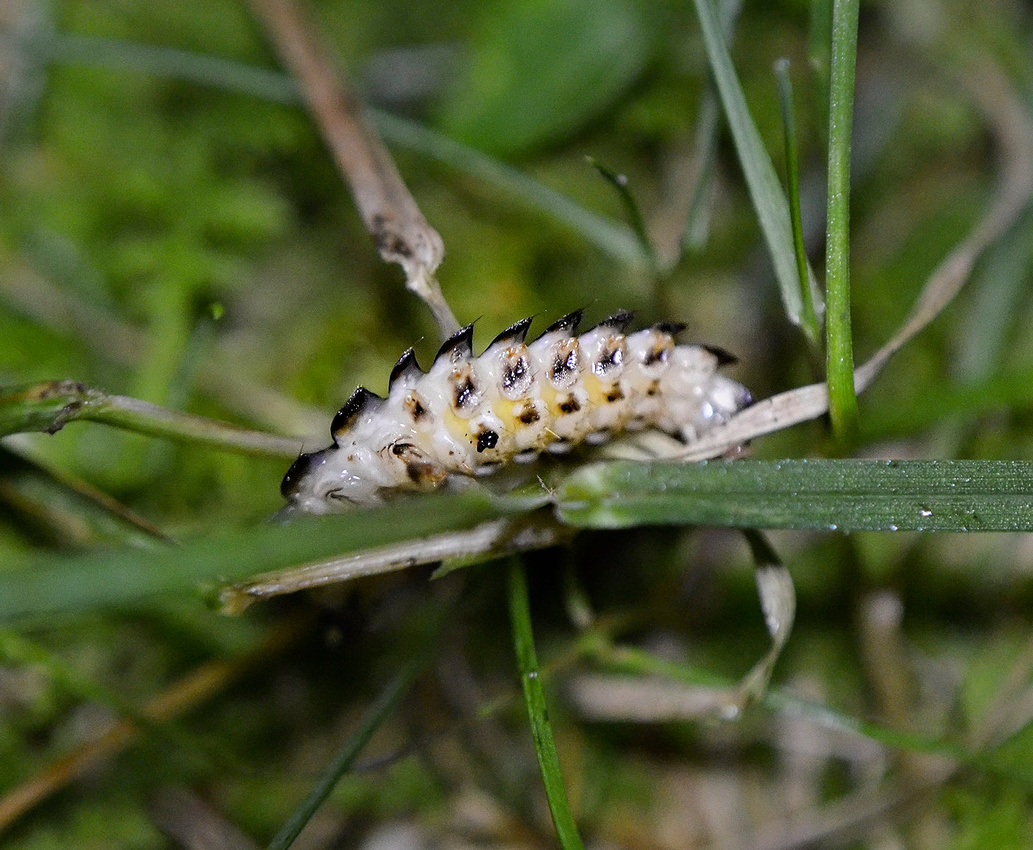Lawn glow


One of my favorite nighttime activities is to hike the eastern edge of what passes for a lawn—a greensward maintained with a battery-powered mulching mower at its highest setting, no pesticides whatsoever, and the most minimum of fertilizing (once in the spring, once in the fall)—in search of the telltale glows of lightning bug larvae. These prehistoric-looking youngsters, fearsome predators of worms and snails, are, like their parents, bioluminescent, and if you have a not-overly-manicured and -toxic lawn, you can often spot the adolescents wending their way amidst the mosses and grass roots. The giveaway is a sudden flaring of something that resembles a tiny piece of coal or the tip of a cigarette that glows and, just as quickly, goes out. The signal is not, as it is in the Lampyrid Beetle adults, a sexual come-on—these kids are too young for that kind of thing. Rather, biologists believe the brief light show is a warning to whatever creature is rumbling the lawn surface: stay away... I'm potentially deadly... you don't want to mess with the likes of me. I'm not intimidated, and routinely photograph the larvae. This one, like all of them so far, was not cooperative in providing the kind of fireworks I was hoping for. Still, it did let me turn it on its side long enough to capture its running lights.